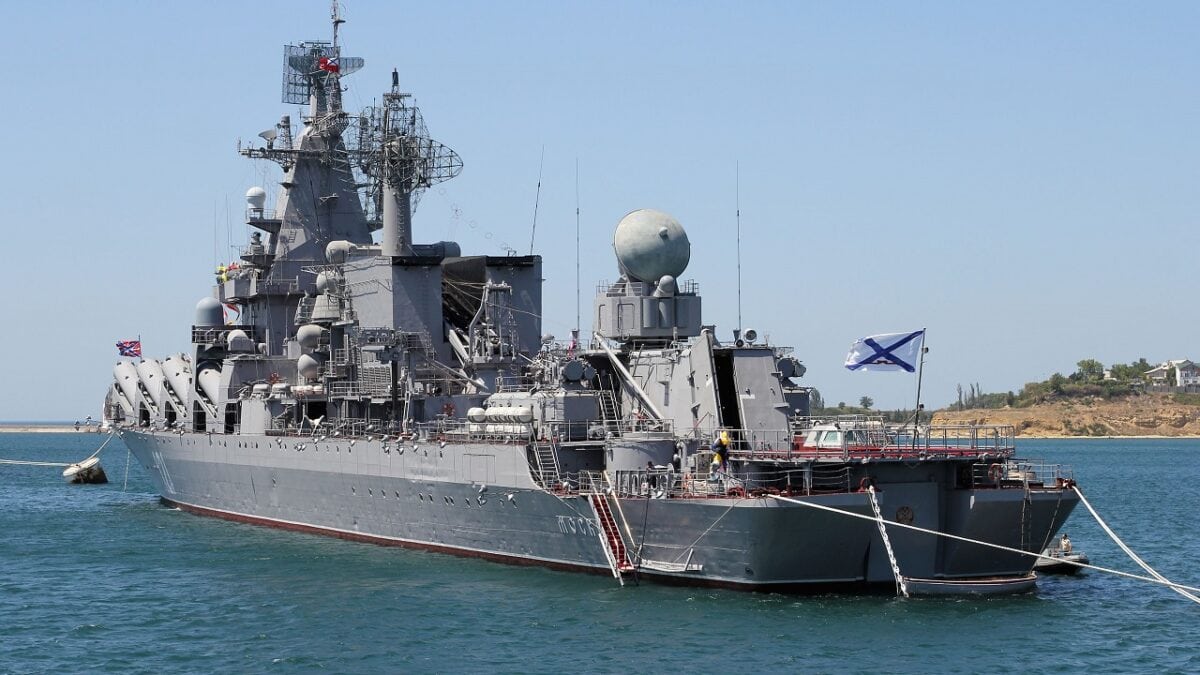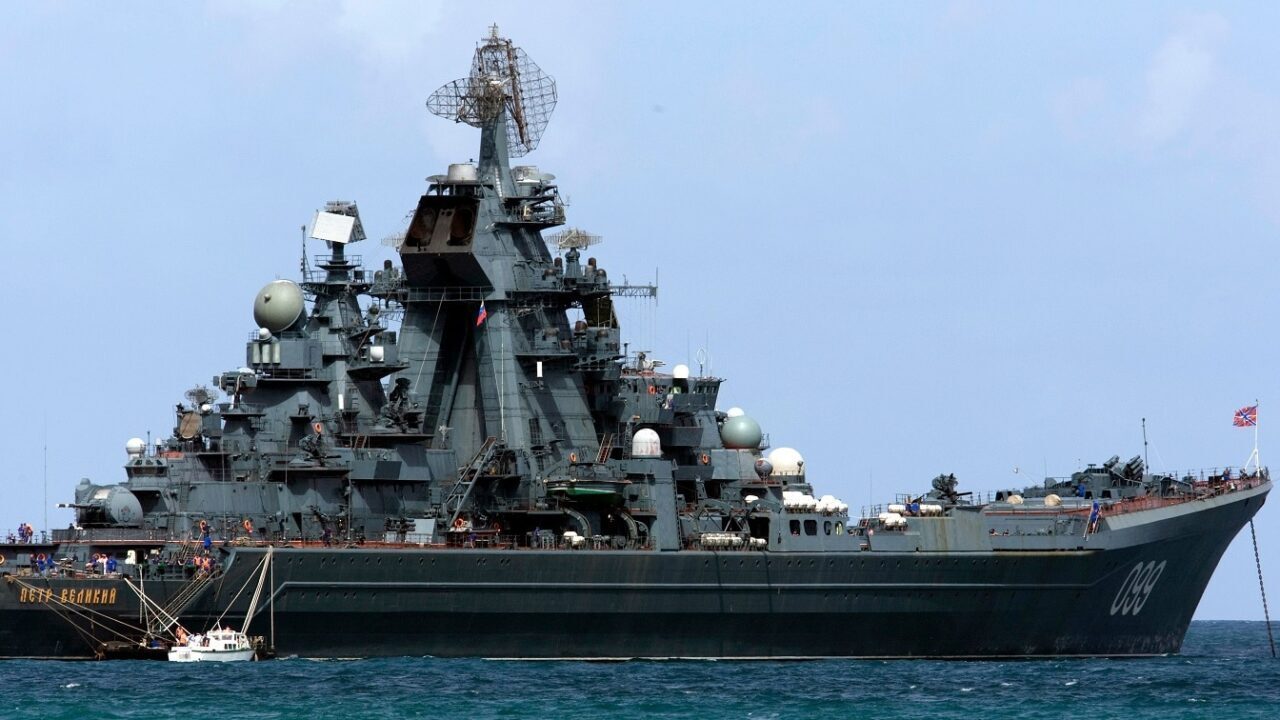Why Isn’t the Russian Navy Waging War on Ukraine? The war in Ukraine is about to enter its seventh month, but the Russian military continues to search for some success on the ground, air, or sea.
One common thread throughout the war has been the Russian forces’ failure to establish superiority in any of the three major warfighting domains.
On land, the Russian military is on the defensive, having lost the strategic initiative during the summer.
In the air, the Russian Aerospace Forces have failed to achieve air superiority despite a numerical and technological superiority.
And on the seas, the Russian Black Sea Fleet has largely retreated into a defensive role after repeated failures.
The Moskva Incident
The Russian Navy’s Black Sea Fleet hasn’t fared that well in the conflict so far. In what has been one of the war’s biggest surprises—and also an indication of how the war would go for the Russian military—the Ukrainians managed to strike and sink the Russian guided-missile cruiser Moskva in April.
The loss of the flagship of the Russian Navy’s Black Sea fleet was a heavy blow indeed for the Russian naval forces in the region.
Since then, the Russian Navy has largely avoided direct confrontation with the Ukrainian forces even though the Ukrainian naval forces are almost non-existent.
Russian Black Sea Fleet and Submarines
The Ukrainian counteroffensive in the south has brought the Russian military installations in annexed Crimea within range.
The Ukrainians have already attacked Russian forces on the peninsula, with the most prominent example the special operation against a Russian naval air base in August that destroyed around 12 aircraft.
As the Ukrainian military edges closer to Kherson, the Russian military presence in Crimea gets closer to within range of more Ukrainian weapon systems. As a result, the Russian military has most likely begun to relocate major or important units from the peninsula to other locations in an attempt to protect them from further Ukrainian attacks.
“The command of Russia’s Black Sea Fleet has almost certainly relocated its KILO-class submarines from their home port of Sevastopol in Crimea to Novorossiysk in Krasnodar Krai, southern Russia,” the British Military Intelligence assessed in its latest update on the Ukrainian conflict.
The Russian Navy has used its submarines to launch cruise missiles on Ukrainian urban centers.
“This is highly likely due to the recent change in the local security threat level in the face of increased Ukrainian long-range strike capability. In the last two months, the fleet headquarters and its main naval aviation airfield have been attacked,” the British Ministry of Defense added.

“Moskva” (“Moscow”) (ex-“Slava”, which means “Glory”) is the lead ship of the Project 1164 Atlant class of guided missile cruisers in the Russian Navy. This warship was used in the 2008 Russia-Georgia War. The Black Sea. Sevastopol bay. This photo was taken from a boat.
“Guaranteeing the Black Sea Fleet’s Crimea basing was likely one of Russian President Vladimir Putin’s motivations for annexing the peninsula in 2014. Base security has now been directly undermined by Russia’s continued aggression against Ukraine,” the British Military Intelligence assessed.
Expert Biography: A 19FortyFive Defense and National Security Columnist, Stavros Atlamazoglou is a seasoned defense journalist specializing in special operations, a Hellenic Army veteran (national service with the 575th Marine Battalion and Army HQ), and a Johns Hopkins University graduate. His work has been featured in Business Insider, Sandboxx, and SOFREP.

